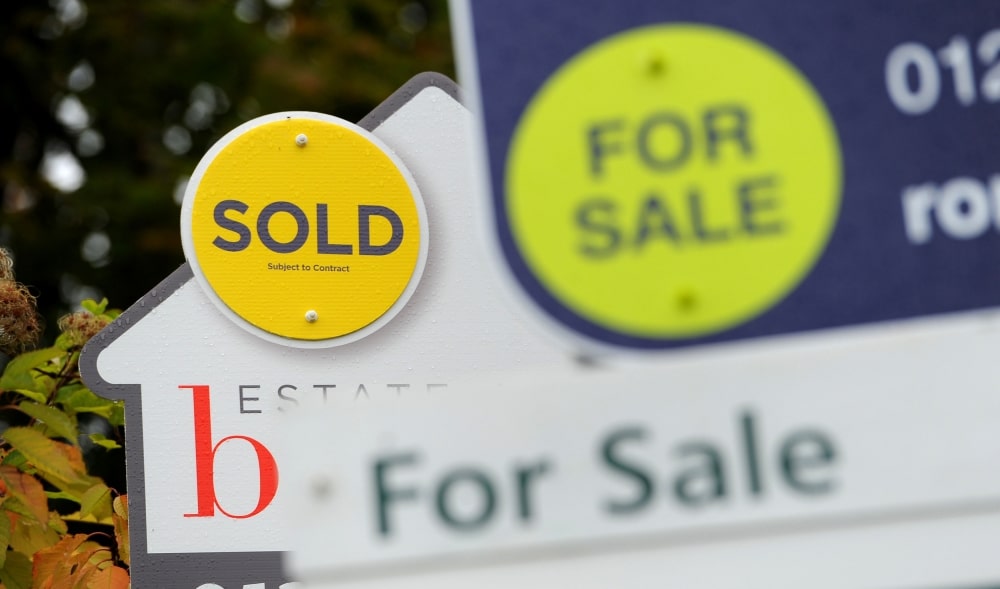Last week the Office for National Statistics (ONS) released its monthly price index which saw the average cost of a UK home rise £24,000 in January.
This puts the average UK house price at a record level of £274,000.
Estate agents have said that this means the average house now costs eight times the median salary for UK workers, but there are areas such as Tunbridge Wells that are more than double this.
Median annual earnings in the UK were £31,285 in 2021.
The South East saw house prices increase by 11.1 per cent to an average of £378,311, according to the ONS, which is 12 times UK average earnings.
But house prices in Tunbridge Wells are among the highest in the region.
According to online estate agent Rightmove, properties in Tunbridge Wells had an overall average price of £521,361 over the last year.
Zoopla has the figure at £534,811. This means house buyers in the town on an average wage now need a mortgage at least 16 times their salary to buy a house.
Compared to some areas, however, this is less than half price.
In the London borough of Kensington and Chelsea, for example, someone would need a mortgage 36-and-a-half times the average salary to have bought a home there last year.
The latest ONS reports shows that average house prices increased to £292,000 in England (9.4 per cent annual growth), to £206,000 in Wales (13.9 per cent), to £183,000 in Scotland (10.8 per cent) and to £159,000 in Northern Ireland (7.9 per cent).
Typical house prices across England, and Wales, are now at record levels, the report said.
Deborah Richards, who runs estate agents Maddisons Residential in The Pantiles, said despite the rocketing prices, there are still properties in the area that remain affordable for first time buyers.
“There is no doubt that Tunbridge Wells is now a very expensive place to live, and with the average house price so high, it can be difficult for first time buyers to get onto the property ladder,” she told the Times.
“However, it is worth remembering that there are many affordable properties, that are priced below this average and which are for sale in the town.
“There might just have to be a compromise on location or property type.
“Equally, first time buyers do have some factors that are on their side: mortgage rates remain historically very low – when I bought my first house, the interest rate was up close to 15 per cent – and they have assistance from the Government on the stamp duty payable, the Help To Buy scheme on new build properties, and guarantees for 95 per cent mortgages.
“There is also currently very full employment, and wages are strong. So, in summary, although undoubtedly expensive, there are still plenty of factors that mean they should be able to get onto the housing ladder.”








